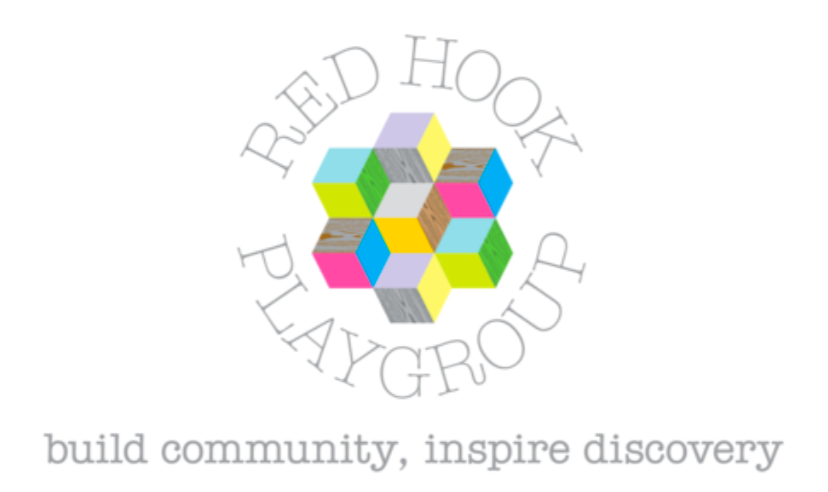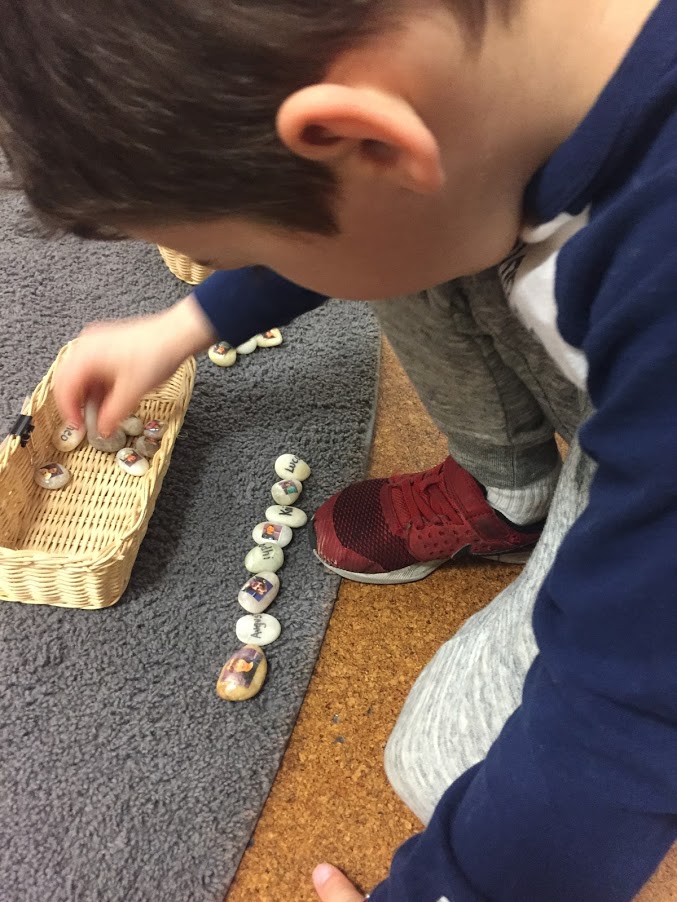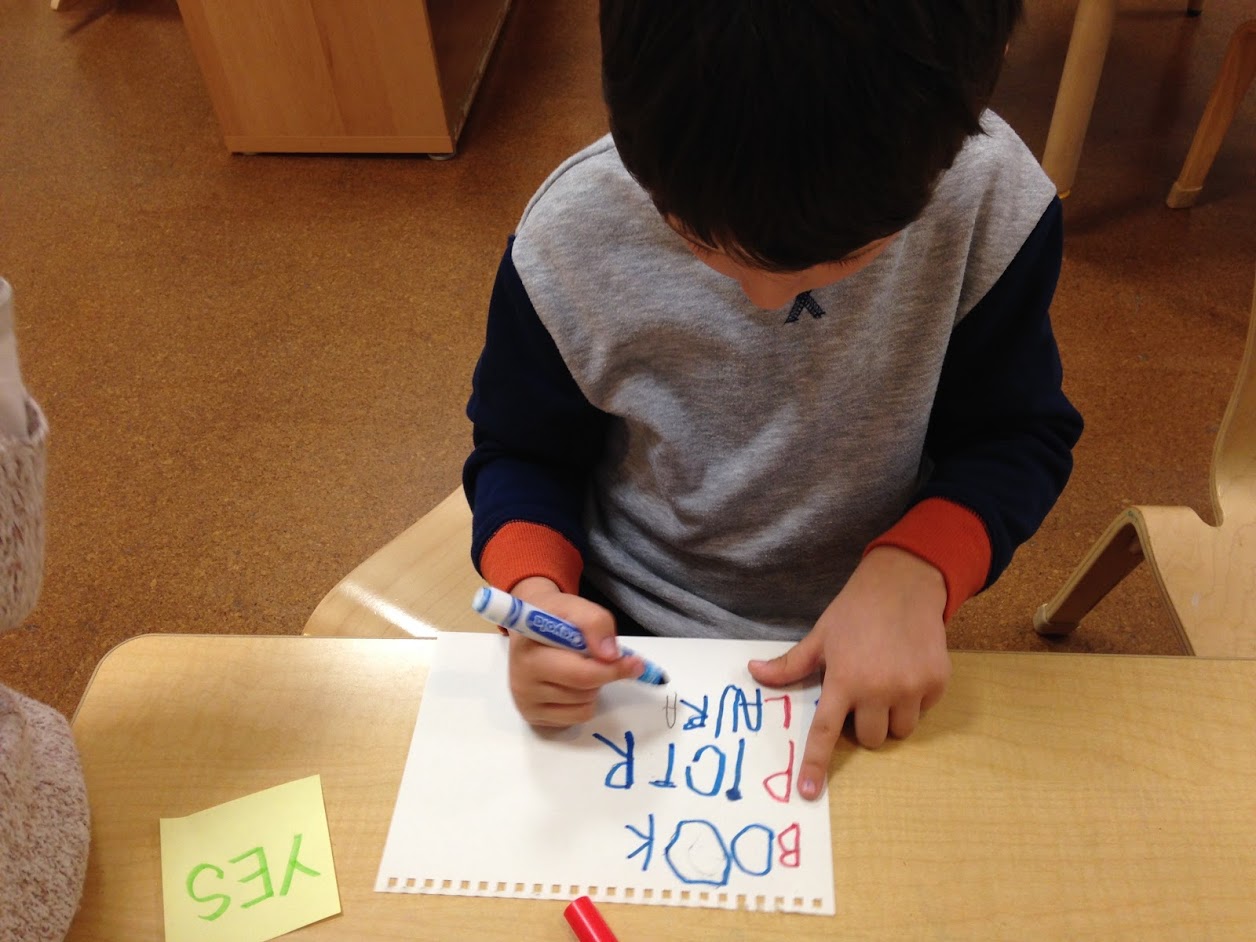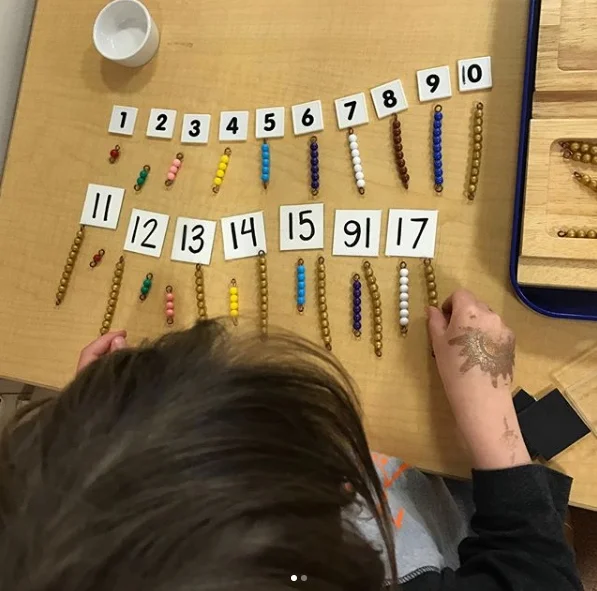Math & Language
/From the first days of school, as we sit together and read books, children are exploring language & literature. It is during such read-alouds that children learn the basic conventions of reading - they learn the symbols on the page carry as much meaning as the pictures and they are driven to learn more about the uses of language & literacy in our daily lives. Children notice the letters in their name can be found all around them and that writing down words saves their meaning for others to read later. Language and literacy are powerful tools that the children are discovering more about each day as they pursue their explorations and investigations. By infusing language & literacy into our investigations, the children recognize that words not only unlock the answers to their questions but they allow the children themselves to become experts and share the knowledge they have learned with others.
Numbers are everywhere! At school we truly begin to see that math & numbers are an integral part of our daily life. Whether we’re counting the number of friends in our class or figuring out how many snack cups we need - we use math every day! The materials in our classrooms guide children as they explore number and number relationships, and concepts that naturally interest them such as quantity, shape and size. As we delve deeper into investigations, teachers weave in progressively more complex math concepts, such as grouping, sorting, graphing, measuring, and simple addition, as tools to answer our questions and numerically represent those answers.
In addition to language and math experiences that are embedded in investigations and daily classroom life, children engage in small-group teacher guided language and math activities on a weekly basis, and always have the choice to use language and math materials from classroom shelves to construct their knowledge of concepts through hands-on work with teacher-designed materials.


























